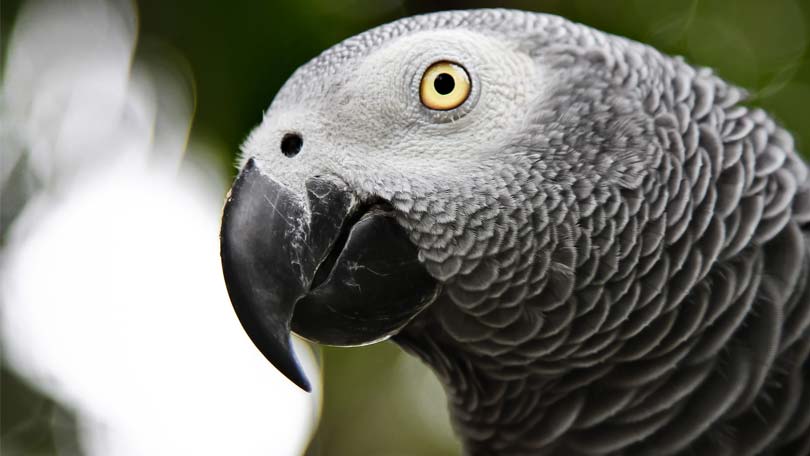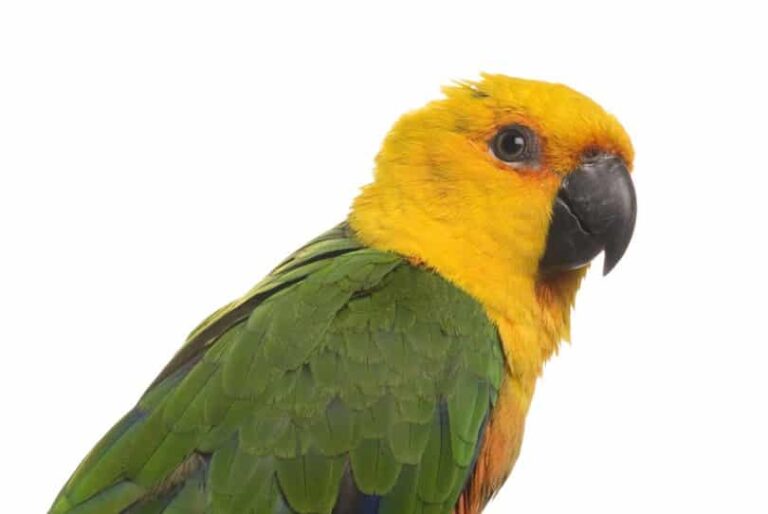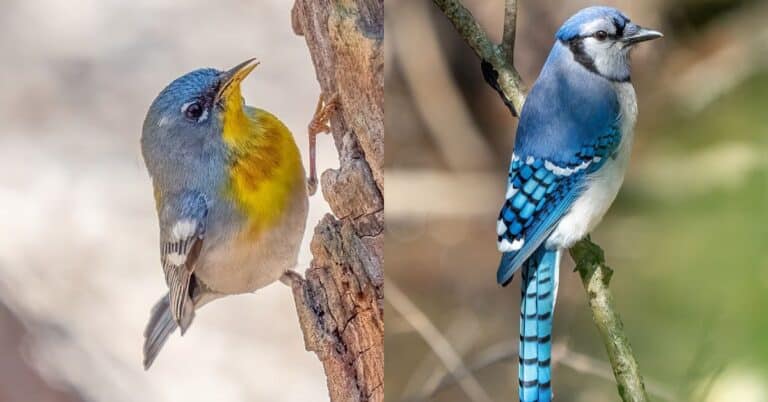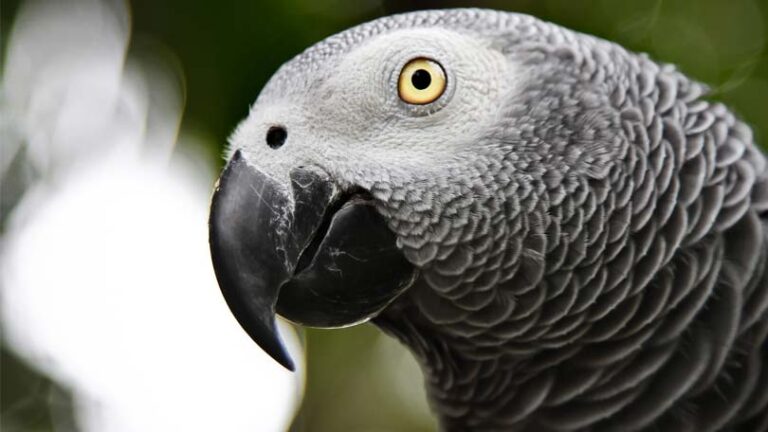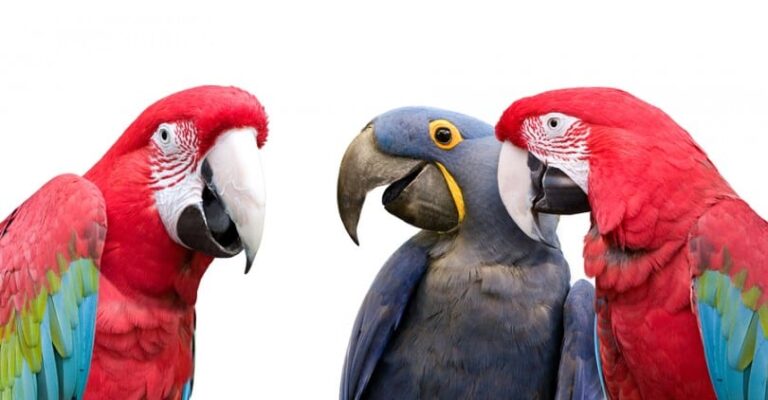Teaching your Parrot to Talk
Few things are more charming than a parrot that greets its owner with a hearty “Hello” or that sings a few bars of a favorite song. One of the traits that draw us to the parrot is its gift for mimicry. No other pet has the ability to speak to us using our own words.
It is important to note that not all parrots learn to talk. This is true even for species like the African Grey, known to be a superb talker. Never buy a parrot with the expectation that it must talk. There is little research to explain why some birds fail to talk when others of the same species develop an extensive vocabulary. Accept your bird for what it is and enjoy it without regard to how much or how little it talks.
Ability and Personality
Certain species are noted to be better talkers than others. The African Grey is considered the best and most reliable talker. Greys not only learn words easily and have the ability to develop extensive vocabularies, but are noted for mimicking household sounds like dripping faucets, ringing telephones, and video games. If you have an African Grey, teaching your parrot to talk may not require as much work, but it is important to understand that Greys mature slowly and often do not speak until they are two or three years old.
Next in line are the Amazon parrots. The Amazons with yellow heads such as the Yellow Napes and Double Yellowheads are among the best talkers. Blue Fronts also make good talkers. Unlike the African Grey, Amazons are talking before the age of one year to 18 months. Macaws have talking ability, but usually do not develop extensive vocabularies and have harsh, loud voices. Like Macaws, Cockatoos often have a limited vocabulary, but they tend to have more even, soothing voices.
Small birds learn to talk as well. Some Budgies babble away constantly. Cockatiels, too, are noted for their ability to speak. It is often hard, however, to make out what these small birds are saying. The quality of their voices is just not very good.
Personality also plays a role in how easy or difficult it is to teach your parrot to talk. A timid or frightened bird will be more difficult to teach than an outgoing and confident bird. Likewise, birds that constantly babble or chirp are going to be easier to teach to talk than quiet birds.
Teaching your parrot to talk should be a fun experience for both you and your bird. It is important to approach lessons with an upbeat attitude. Parrots are sensitive animals, and your bird will know if you are anxious, frustrated, or disappointed. Never punish your bird if it fails to speak or is learning at a slower rate than you expected. Teaching your parrot to talk requires patience.
Here are a few tips that will help you train your bird:
- Birds vocalize throughout the day, but are most vocal in the mornings and evenings. Take advantage of this natural tendency and plan training sessions during those times.
- You may want to remove your bird from its cage and place it on a T stand to reduce distractions. Occasionally, you will hear someone recommend removing toys from your bird’s cage until it learns to speak. Denying your bird toys is cruel and unnecessary. It is far better to simply remove the bird from its cage and place it in a distraction free area during your training sessions. Be sure to turn off the radio and television.
- Attention from you is the greatest reward you can give your bird. Praise small efforts and speak with a clear and enthusiastic voice. Your tone of voice is critical. Your parrot will respond better to a spirited, lively voice.
- It is easier for your parrot to learn words that it can associate with an object. Use words and objects familiar to your bird. Good choices might be grape, key, corn, or toy. Use the object as a reward, giving it to your bird when it says the correct word.
- Keep lessons short – -no more than 15 minutes. You might begin with shorter lessons of 5 minutes and work up to 15.
- Offer plenty of praise and rewards. Your attention and praise mean the most, but also offers treats and toys for a job well done.
- Keep in mind that the first words your parrot learns will probably take the longest. It will take many, many repetitions for your bird to understand what you want. Subsequent words are usually easier.
- Do not try to teach your bird too many words at once. It is best to focus on one word at a time. This is especially true when your parrot is first learning to talk.
- CDs are available that are designed to teach your parrot to talk. Some bird owners use these with good results while others find that their bird is easily bored by them. The drawback to using recordings is that they lack interaction between the owner and bird. Perhaps a better alternative is to record your own voice to play for your bird between lessons.
- Not everyone uses a structured approach to teaching their parrot to talk. Some owners are simply very vocal when interacting with their bird, using repetition and praise throughout the day. For instance, an owner might say “Good morning, Sunshine” every morning when greeting their bird.
A parrot that is part of the family and involved in activities and play with its owner will naturally pick up words it hears repeated in the home. Many bird owners find that their pet’s vocabulary consists of up to 50% of words that they did not actively try to teach. On a related note, be careful not to let your bird hear profanity. A bird that curses may be amusing to some, but should your bird ever need to find a new home, this habit will reduce the number of families willing to accept the bird.
Follow these guidelines and you will very likely have good results. Above all else, remember to have fun when teaching your parrot to talk. Keep a positive attitude with your bird and enjoy it no matter what its talking ability.

Having discovered a fondness for insects while pursuing her degree in Biology, Randi Jones was quite bugged to know that people usually dismissed these little creatures as “creepy-crawlies”.

